Blank Nitrogen Cycle Worksheet
The nitrogen cycle is a crucial biological process that plays a vital role in the Earth's ecosystems. Understanding how nitrogen moves through the environment is essential for students and educators interested in environmental science, biology, or ecology. This blank nitrogen cycle worksheet provides an engaging and informative resource for learning and practicing the key concepts and steps involved in this natural cycle.
Table of Images 👆
More Other Worksheets
Kindergarten Worksheet My RoomSpanish Verb Worksheets
Cooking Vocabulary Worksheet
DNA Code Worksheet
Meiosis Worksheet Answer Key
Art Handouts and Worksheets
7 Elements of Art Worksheets
All Amendment Worksheet
Symmetry Art Worksheets
Daily Meal Planning Worksheet
What is the primary source of nitrogen for the nitrogen cycle?
The primary source of nitrogen for the nitrogen cycle is atmospheric nitrogen gas (N2), which makes up about 78% of Earth's atmosphere. This nitrogen gas is converted into a usable form by nitrogen-fixing bacteria, which can be found in the soil or associated with plant roots.
What process converts atmospheric nitrogen gas (N2) into a form usable by plants?
The process that converts atmospheric nitrogen gas (N2) into a form usable by plants is called nitrogen fixation. This can happen through two main methods: biological nitrogen fixation carried out by certain nitrogen-fixing bacteria and archaea, which convert nitrogen gas into ammonia, and industrial nitrogen fixation, where ammonia is produced through the Haber-Bosch process using high temperatures and pressures.
Which type of bacteria carries out the process of nitrogen fixation?
The type of bacteria that carries out the process of nitrogen fixation are known as diazotrophic bacteria, specifically certain species of free-living bacteria such as Azotobacter and some species of Rhizobium. These bacteria have the ability to convert atmospheric nitrogen gas (N2) into a form that can be utilized by plants, such as ammonia (NH3) or nitrate (NO3-), which is essential for the growth and development of plants.
What is the role of nitrifying bacteria in the nitrogen cycle?
Nitrifying bacteria play a crucial role in the nitrogen cycle by converting ammonia (NH3) into nitrites (NO2-) and then into nitrates (NO3-), which are essential nutrients for plants. This process, known as nitrification, helps in making nitrogen available for plant uptake and ultimately contributes to the overall productivity of ecosystems.
How do plants obtain nitrogen for growth and development?
Plants obtain nitrogen for growth and development primarily through the process of nitrogen fixation. This can occur through symbiotic relationships with nitrogen-fixing bacteria in the soil, as well as through the uptake of inorganic nitrogen compounds, such as nitrate and ammonium, from the soil. Additionally, some plants can also absorb nitrogen from decaying organic matter. Through these mechanisms, plants are able to incorporate nitrogen into their cells to support essential functions like photosynthesis, protein synthesis, and overall growth.
What happens to excess nitrogen in the soil that is not utilized by plants?
Excess nitrogen in the soil that is not utilized by plants can undergo a process called leaching, where it washes away with water deeper into the soil layers or gets carried off by runoff into water bodies. This can lead to water pollution, as nitrogen can cause excessive algae growth, which can harm aquatic ecosystems through algal blooms and oxygen depletion. Additionally, some excess nitrogen may also be converted into nitrous oxide, a potent greenhouse gas responsible for contributing to climate change.
What is the process by which decomposers break down organic matter and release nitrogen into the soil?
Decomposers break down organic matter through the process of decomposition, where microorganisms like bacteria and fungi break down complex organic compounds into simpler forms. During this process, nitrogen is released into the soil in the form of ammonium ions or nitrate ions through the breakdown of proteins and other nitrogen-containing organic compounds. This nitrogen then becomes available for plants to use as a nutrient for growth.
How do denitrifying bacteria contribute to the nitrogen cycle?
Denitrifying bacteria play a crucial role in the nitrogen cycle by converting nitrates back into nitrogen gas, which is released back into the atmosphere. This process helps to reduce the accumulation of excess nitrogen in ecosystems, maintaining a balance in the nitrogen cycle. By converting nitrates into nitrogen gas, denitrifying bacteria help to regulate nitrogen levels in soil and water, preventing potential harm from nitrogen pollution and promoting environmental sustainability.
What effect does the excessive use of nitrogen-based fertilizers have on the environment?
The excessive use of nitrogen-based fertilizers can have detrimental effects on the environment such as water pollution. When these fertilizers run off into water bodies, they can cause eutrophication, leading to algal blooms, reduced oxygen levels, and harm to aquatic life. Additionally, nitrogen emissions can contribute to air pollution and climate change by releasing nitrous oxide, a potent greenhouse gas. This can also lead to negative impacts on human health and biodiversity.
How does the nitrogen cycle impact aquatic ecosystems, particularly in relation to eutrophication?
The nitrogen cycle impacts aquatic ecosystems by playing a crucial role in eutrophication. Excessive nitrogen in water bodies from agricultural runoff or sewage can lead to accelerated plant growth, depleting oxygen as these plants decompose. This can cause hypoxic or anoxic conditions, leading to fish kills and harming biodiversity. Additionally, the increased nutrient levels can fuel algal blooms, some of which are harmful and can produce toxins. Overall, the nitrogen cycle's disruption through eutrophication can have significant negative impacts on aquatic ecosystems' health and balance.
Have something to share?
Who is Worksheeto?
At Worksheeto, we are committed to delivering an extensive and varied portfolio of superior quality worksheets, designed to address the educational demands of students, educators, and parents.

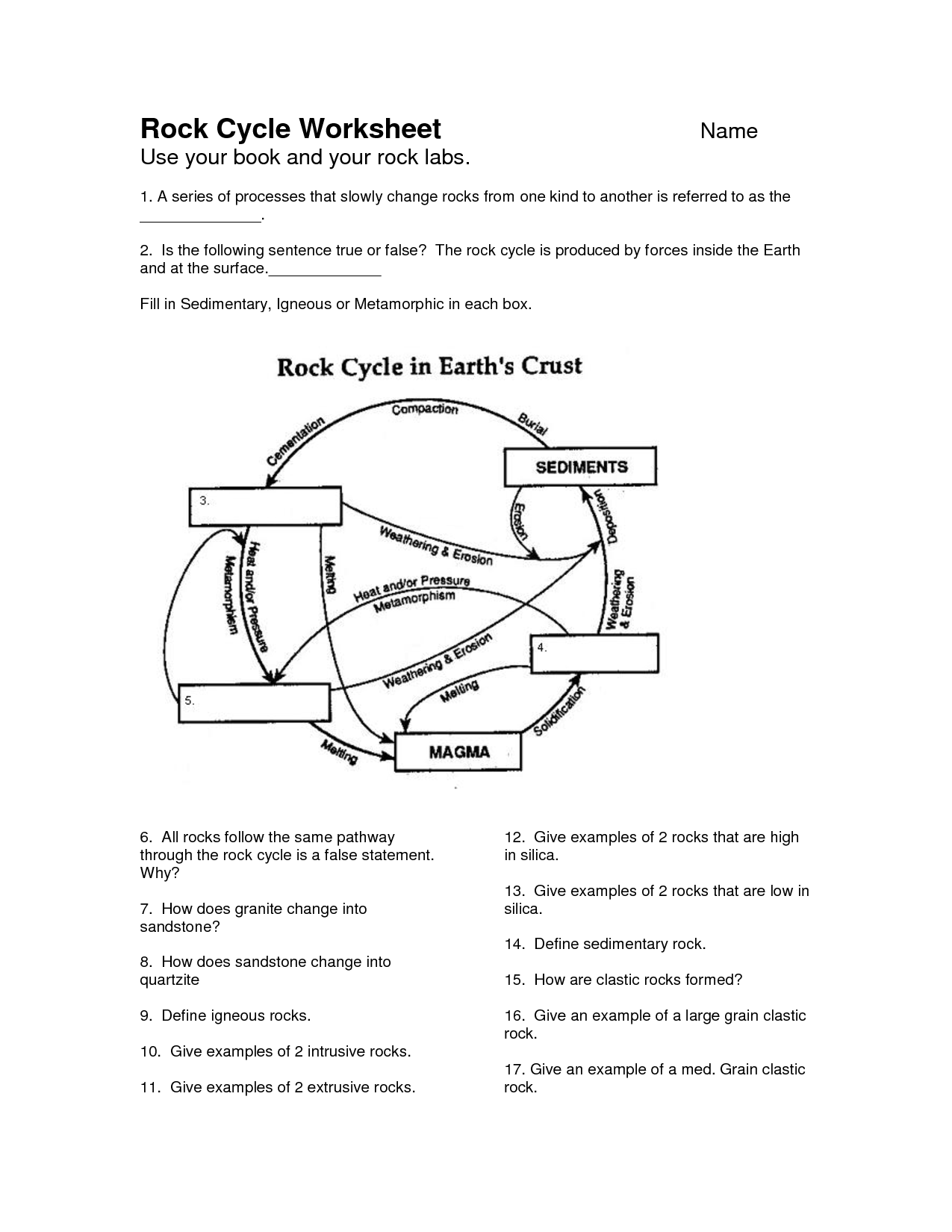



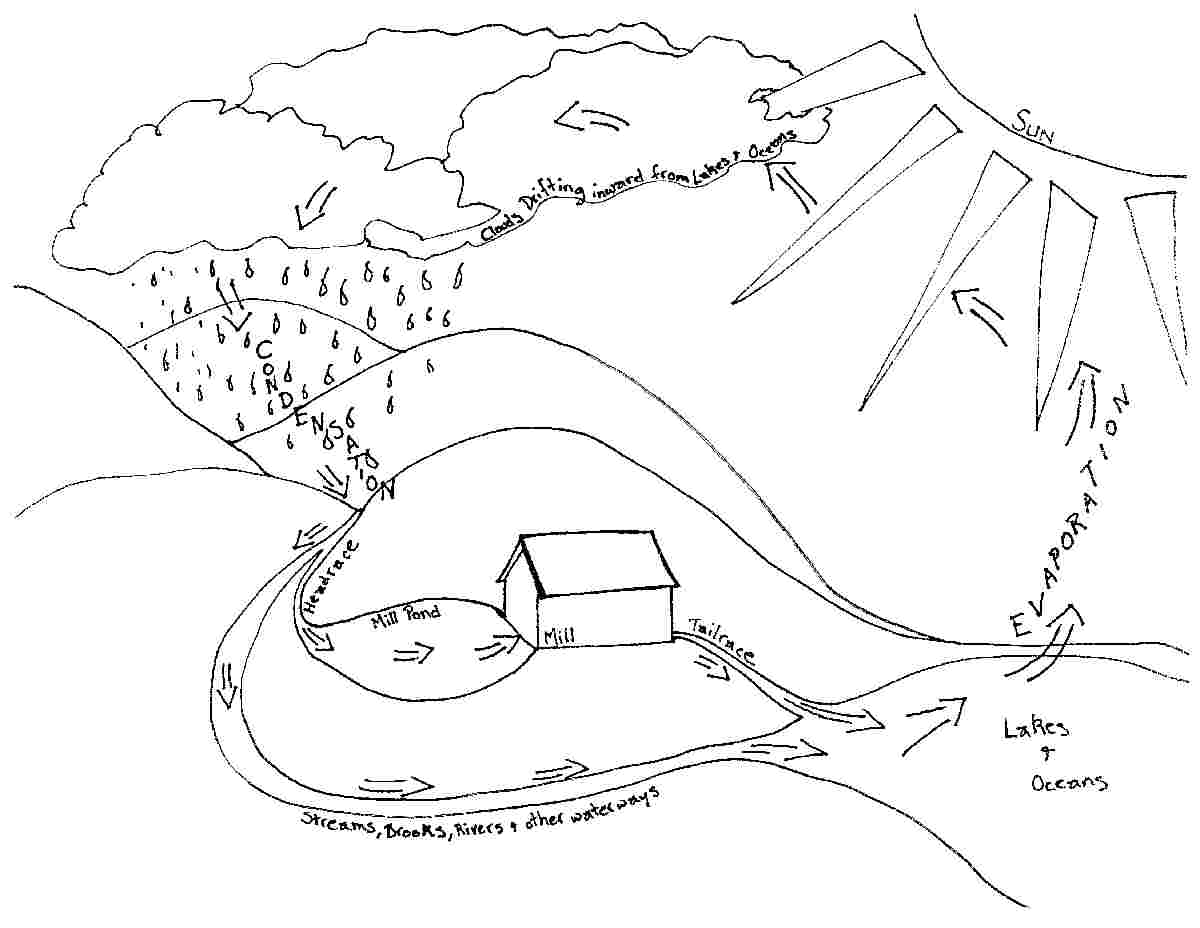
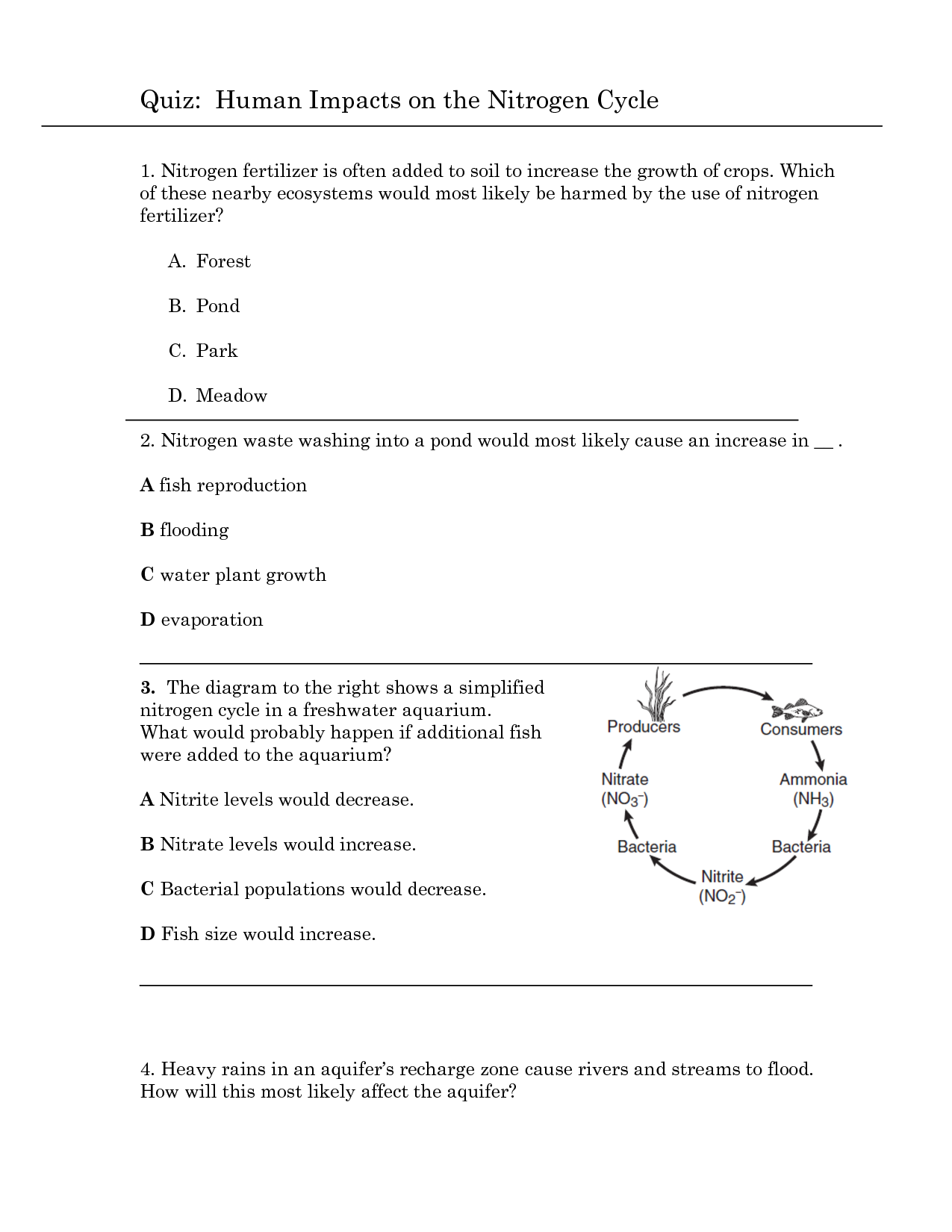



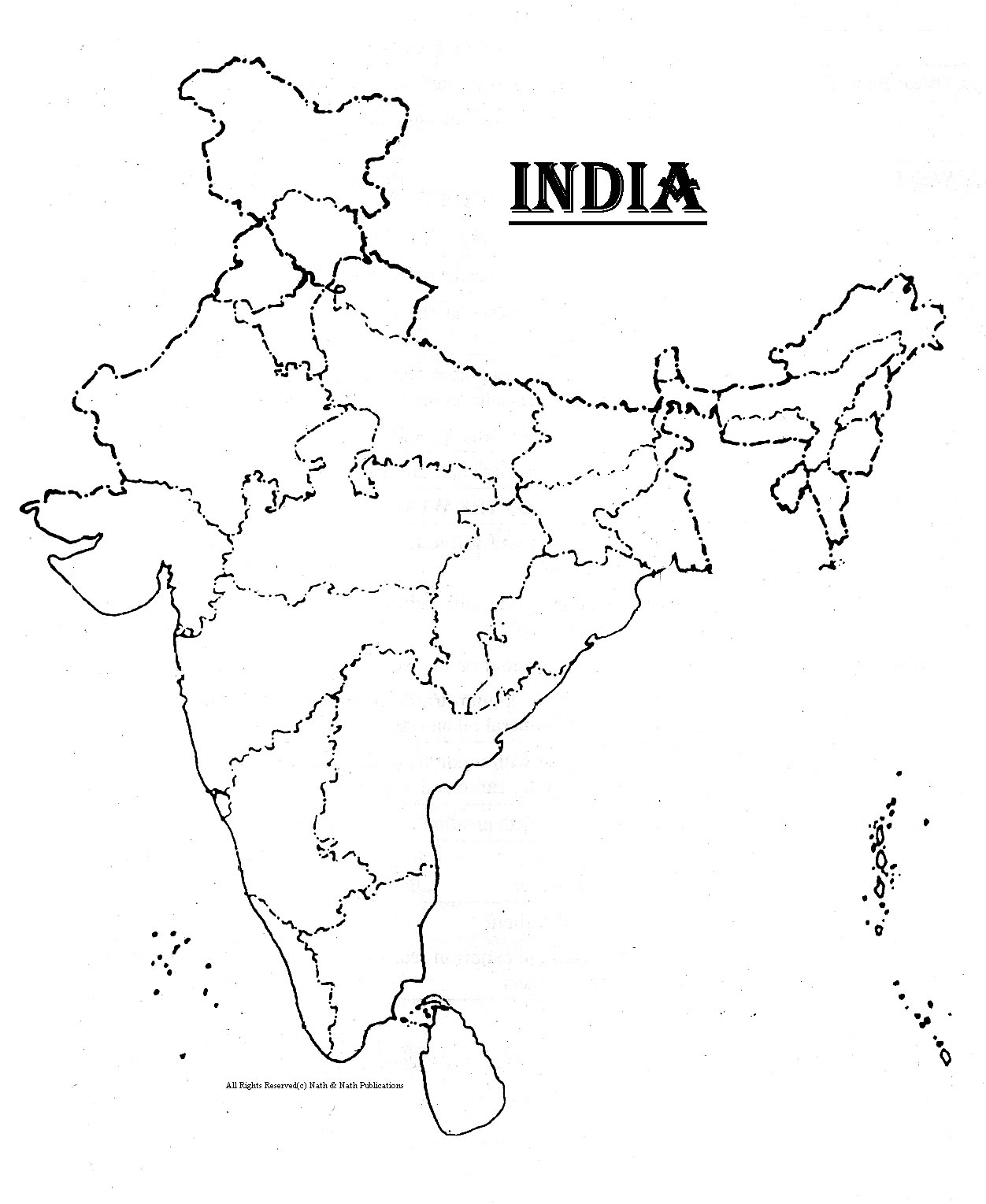
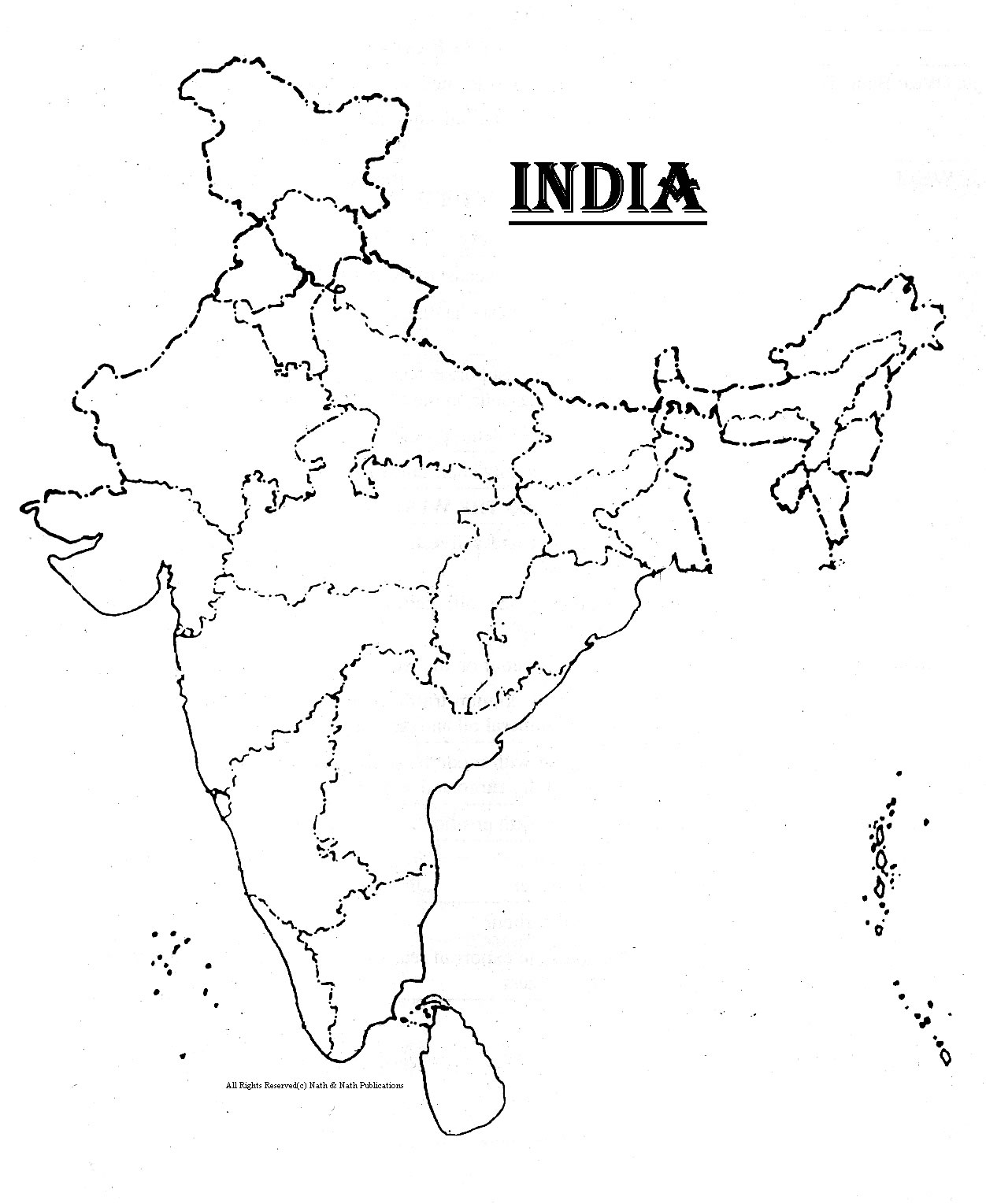
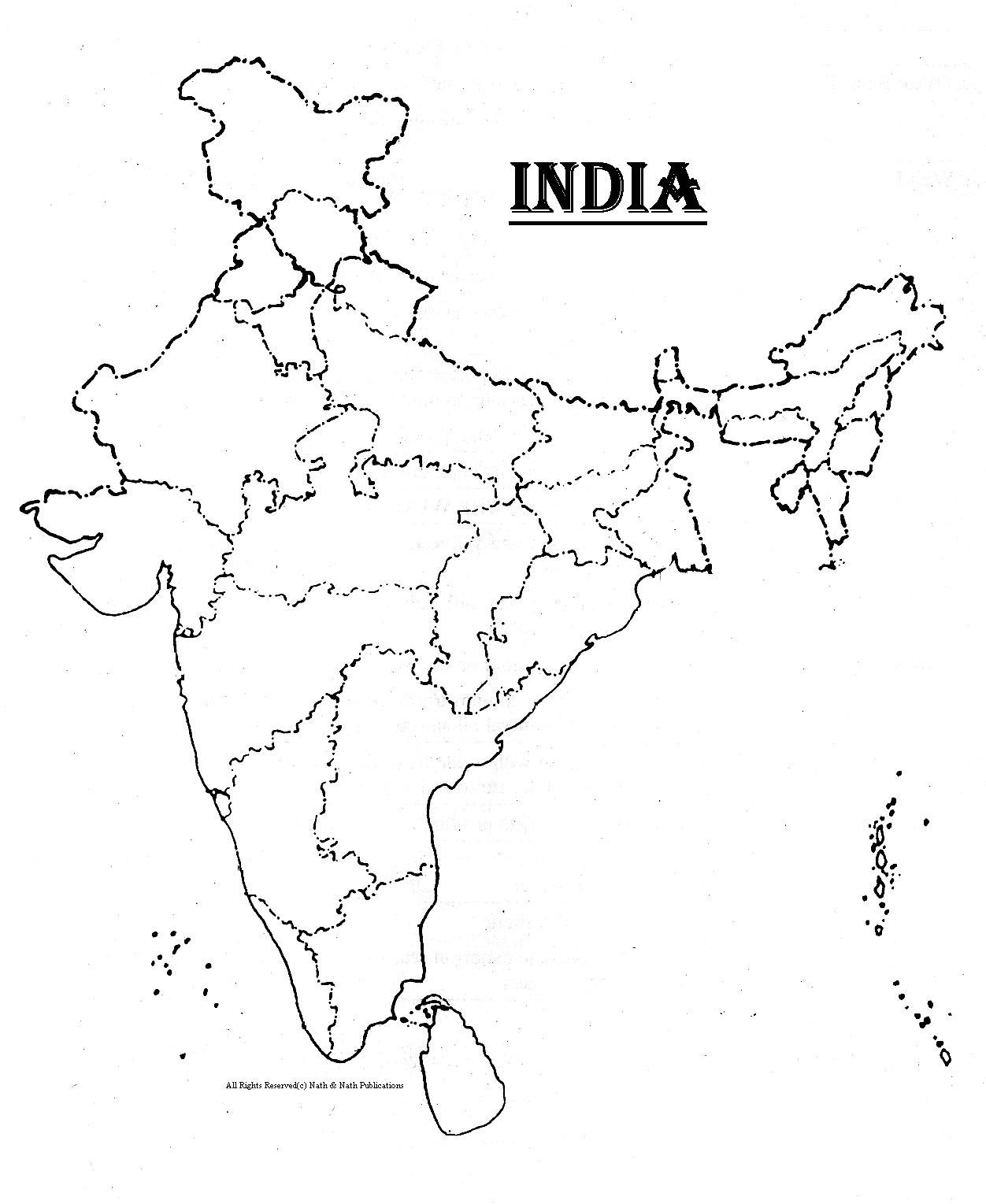
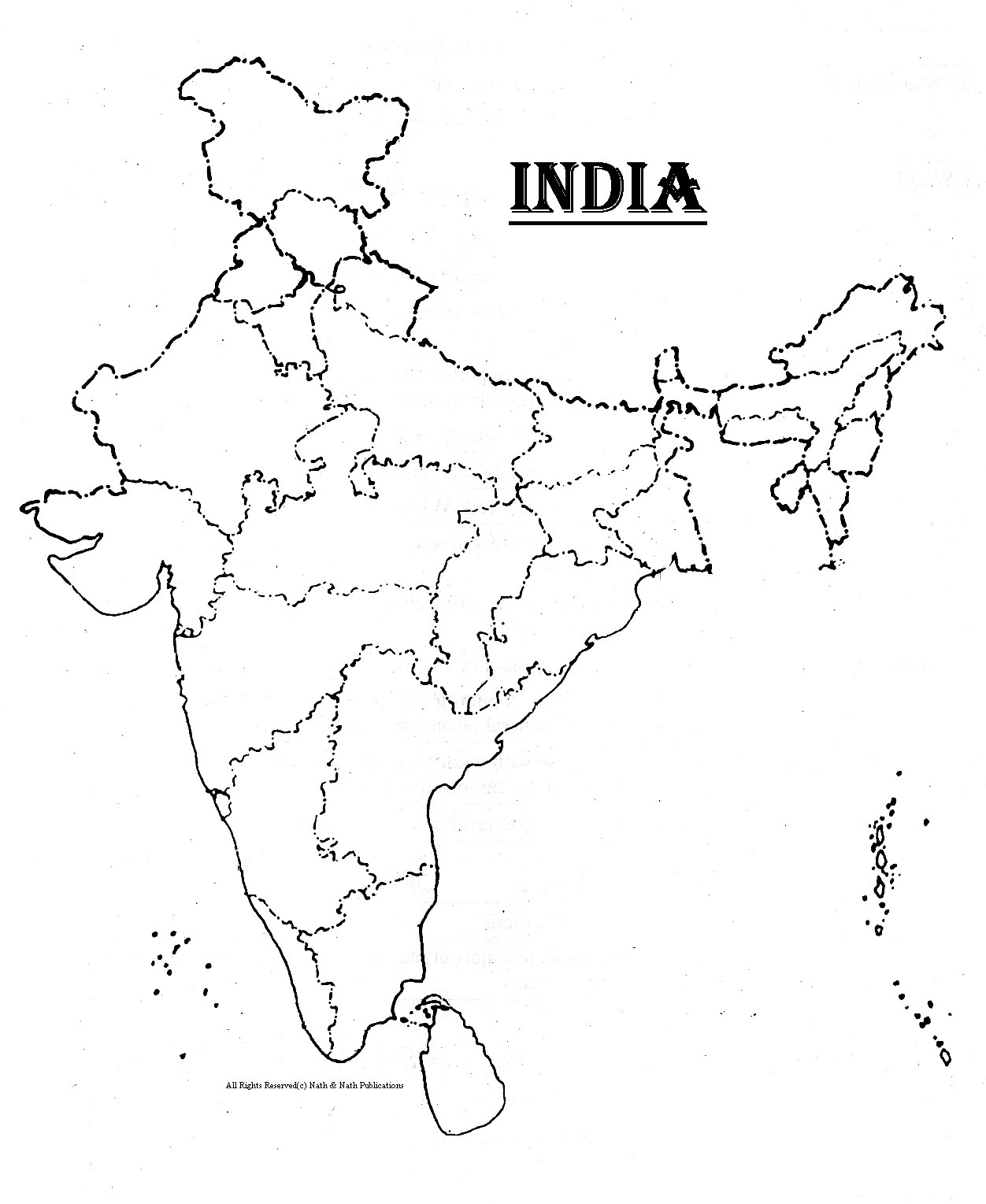
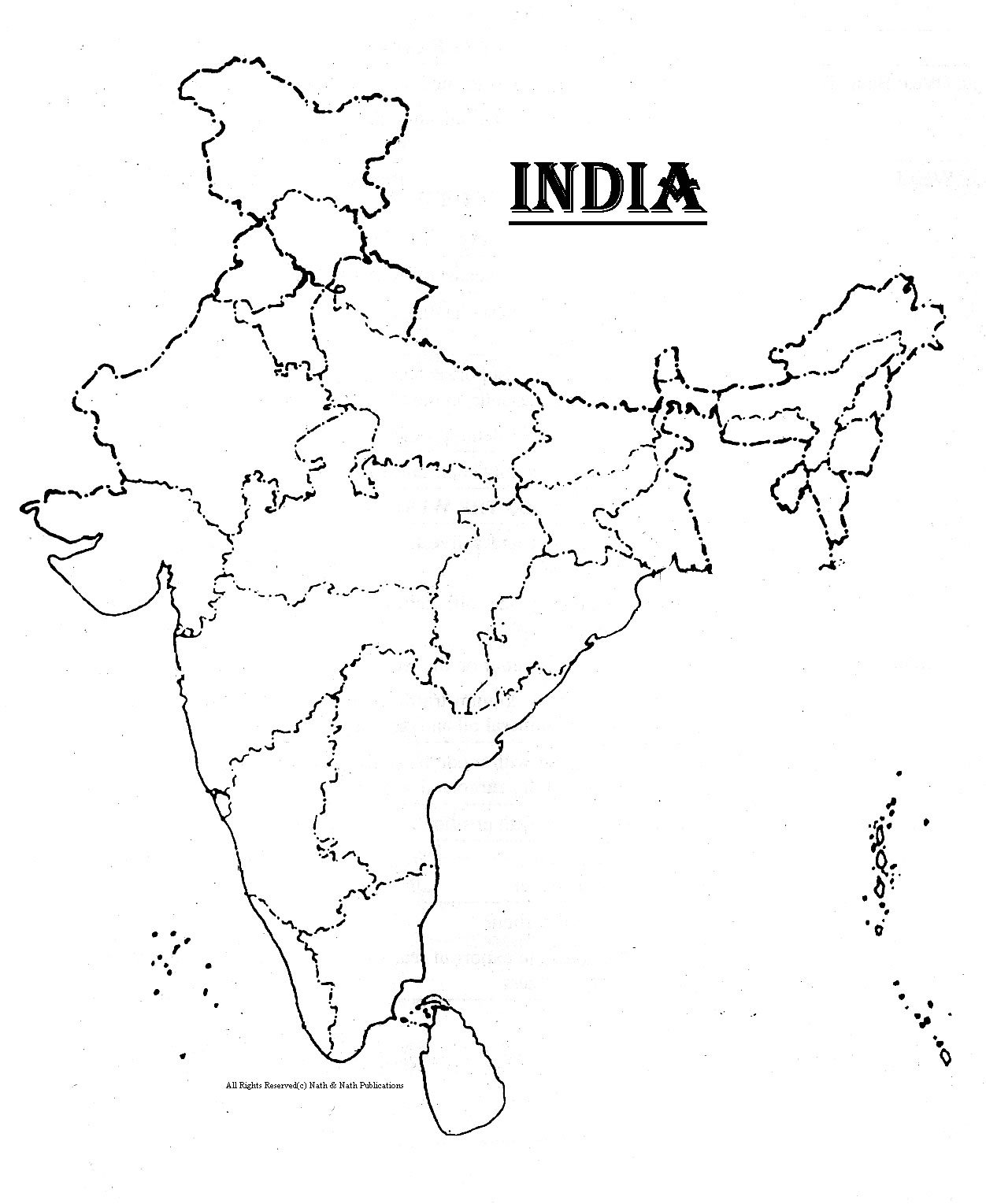
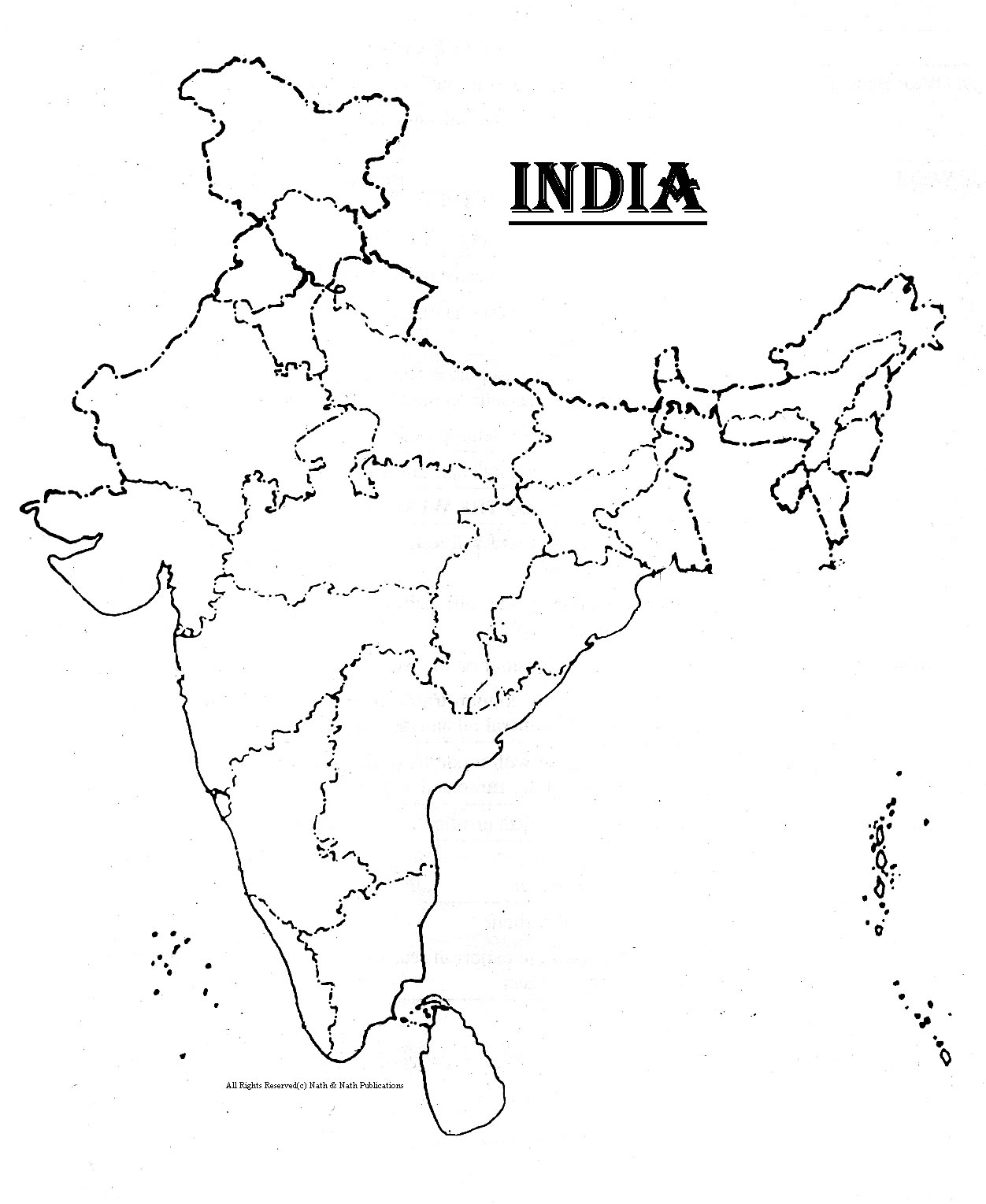
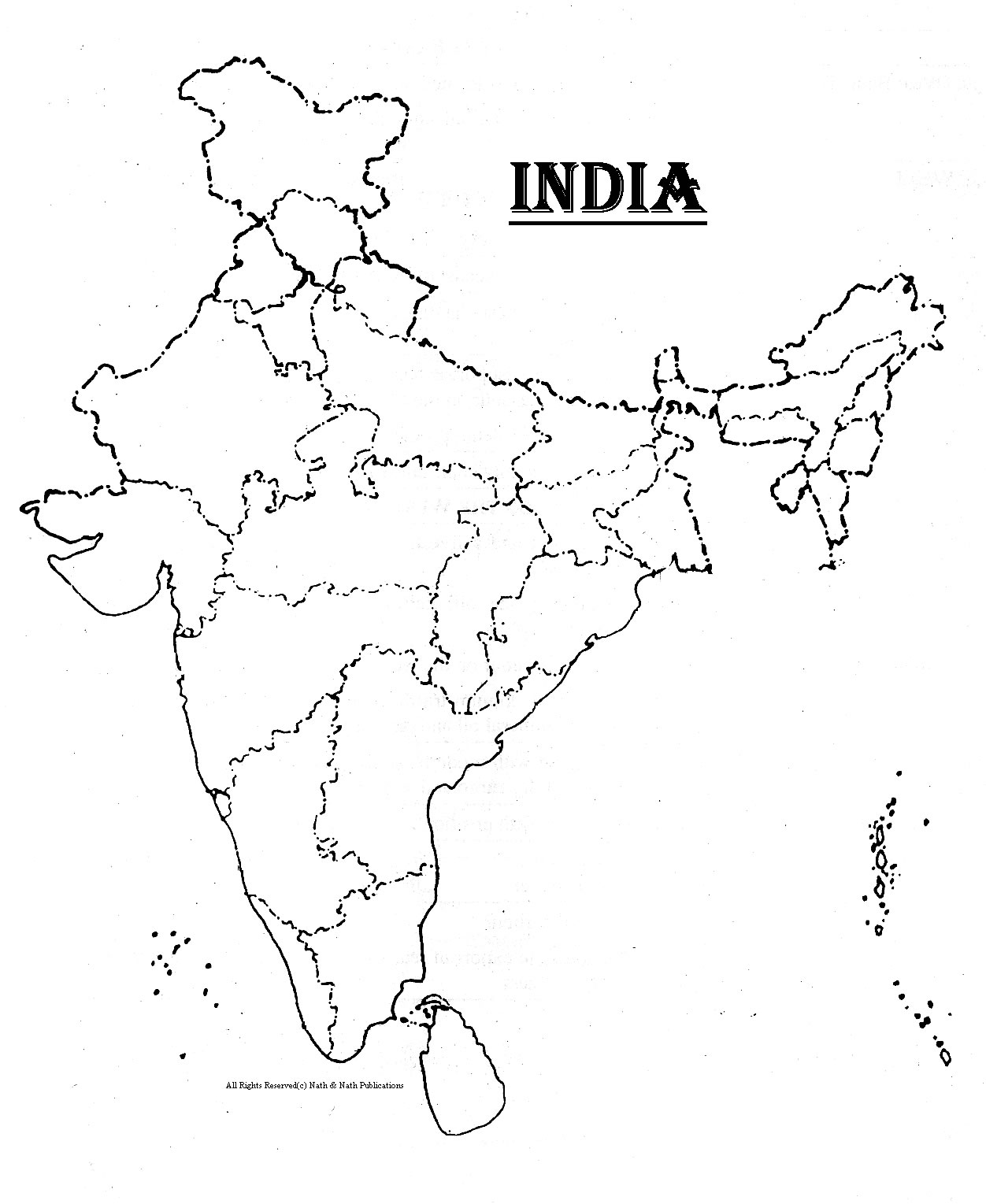
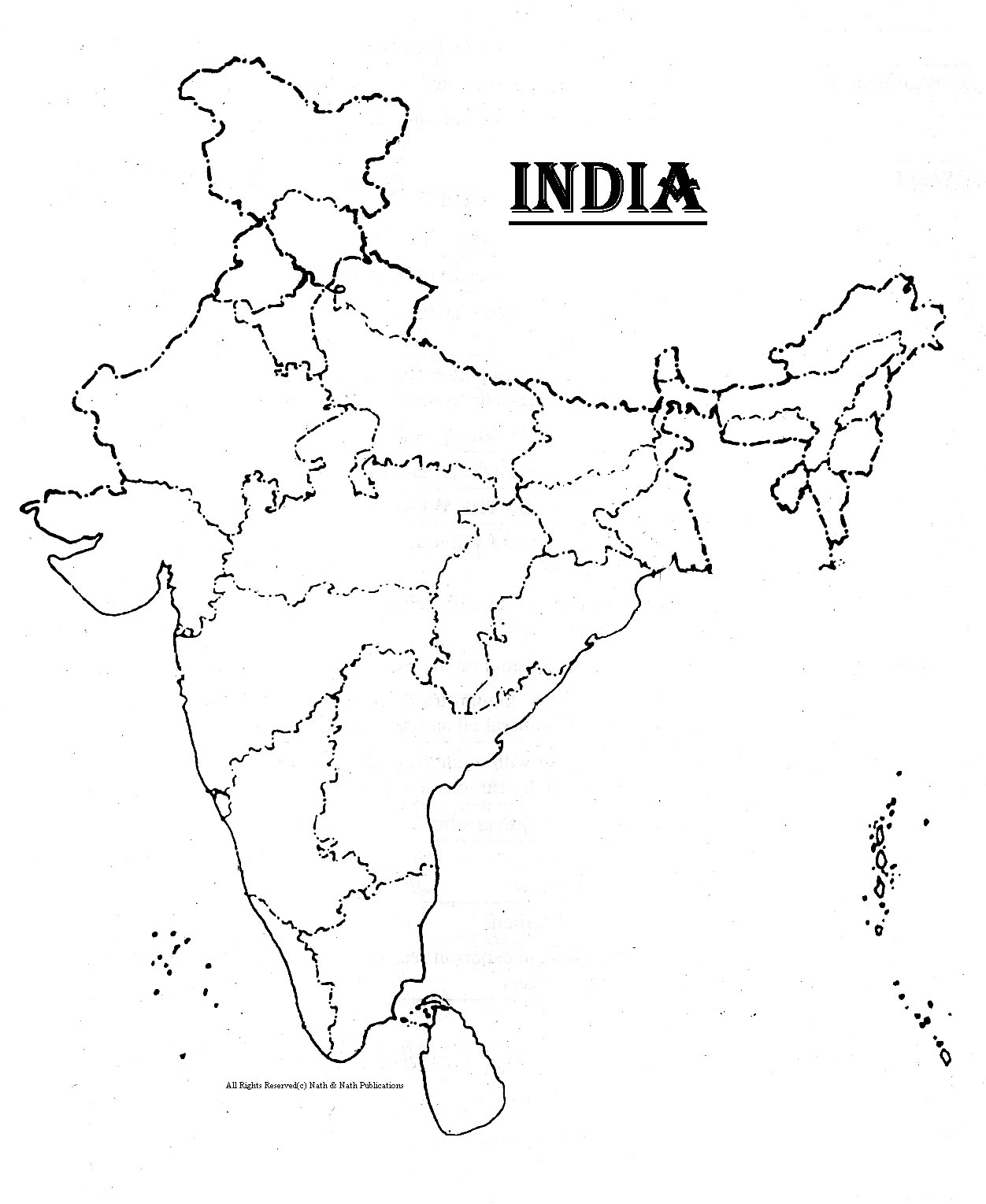














Comments